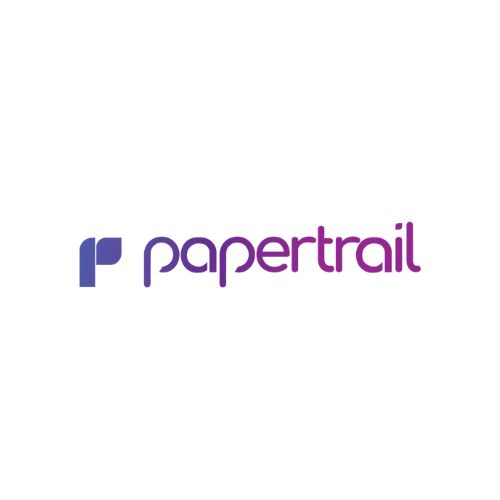Nowadays, it isn’t possible for businesses to handle documents manually anymore. From customer agreements to employees’ records, as well as memos within the business, information has to be stored, categorized, and pulled out in a timely and secure manner. That’s where an Electronic Document and Records Management System (EDRMS) comes in as a brilliant, scalable solution to tame your information mess. But they’re not made equal. Keep reading to find out the most important features an EDRMS must have.
1. User-Friendly Interface
No matter how robust the backend is, a system can only be as good as its usability. An Electronic Document and Records Management System that is consistent and fault-free needs to have a clean, easy-to-use user interface that allows inexperienced users of any level to navigate, upload, and search for documents without any effort. There will be minimal training required, and the layout needs to keep the learning curve for new personnel at a minimum.
2. Robust Search and Retrieval
Time is money. Your EDRMS should be able to retrieve documents rapidly and easily. Look for metadata tagging, keyword search, and full-text indexing. These allow the user to find exactly what they are looking for within seconds, be it that previous invoice or the recent client proposal.
3. Version Control
One of the most important aspects of document management is ensuring file integrity in the future. A good Electronic Document and Records Management System must record changes and versions and record who changed it and when. This prevents errors, confusion, and duplication, especially when several team members are working on the same document.
4. Access Control and Security
Because sensitive business information is stored electronically, security is not a choice; it’s mandatory. Your EDRMS should provide role-based access controls, encryption, audit trails, and secure authentication. Documents should be readable, editable, or deletable by limited users only, and everything they do should be traceable for audit and compliance purposes.
5. Compliance and Retention Management
Organizations have to comply with legal, regulatory, and in-house policy conditions while handling records. A reliable Electronic Document and Records Management System will help enforce these rules automatically. Document retention scheduling, archiving, and auto-deletion facility make your organization audit-proof at all times and avoid non-compliance penalties.
Conclusion
Choosing the right Electronic Document and Records Management System from trusted companies such as PaperTrail isn’t just about going digital; it’s about transforming the way your organization handles information. From searchability and security to scalability and compliance, the right features can streamline operations, boost productivity, and safeguard your data. Take the time to evaluate your options carefully, and you’ll find a system that pays dividends in efficiency and peace of mind.









